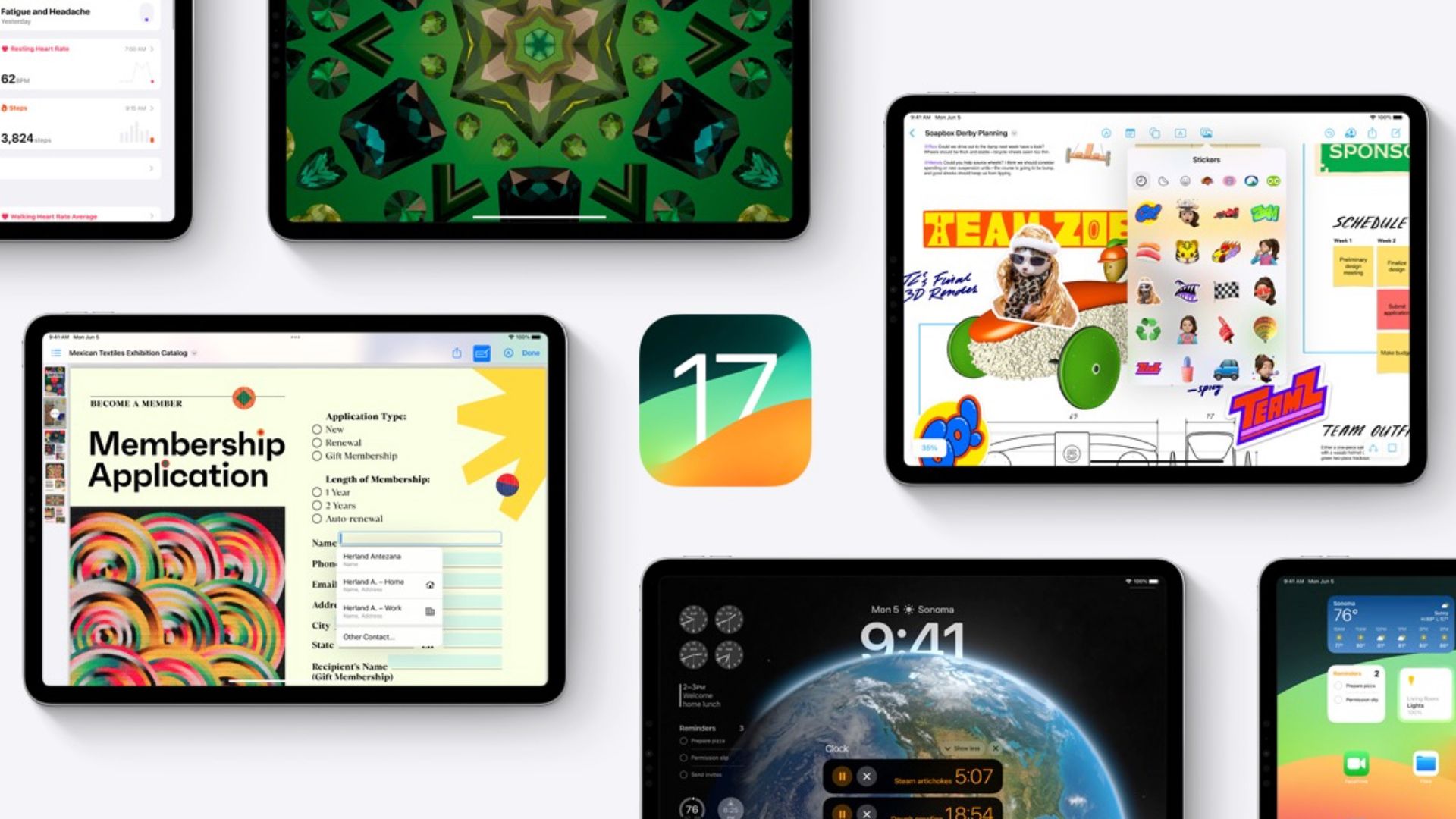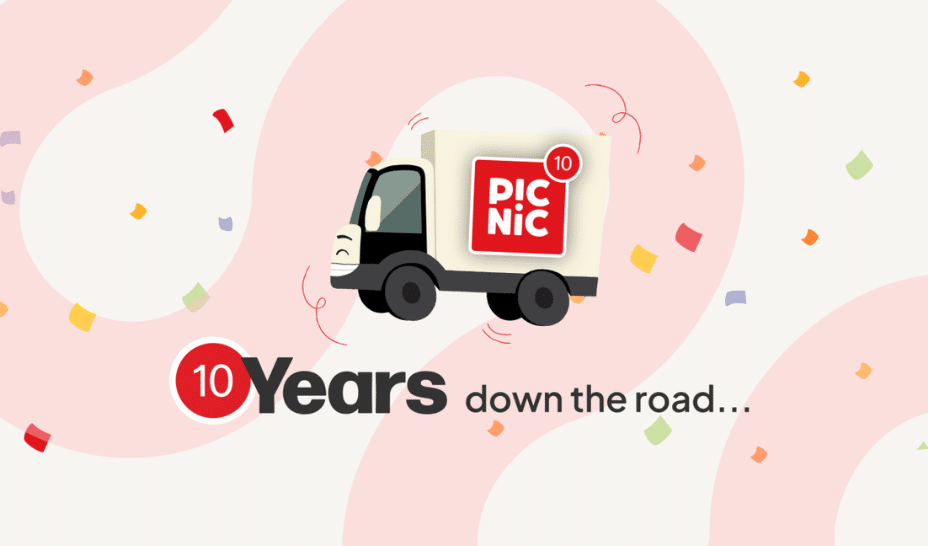Essential CSS Optimization Techniques to speed up your site
In the quest for a lightning-fast website, every millisecond counts. While JavaScript and images often take center stage in performance discussions, your CSS can also be a significant bottleneck if not handled correctly. Efficient CSS not only contributes to faster load times but also improves the overall user experience by ensuring a smoother rendering process. Let's dive into some crucial CSS optimization techniques you can implement today to boost your website's performance. 1. Minify and Compress Your CSS This is a fundamental step. Minification involves removing unnecessary characters from your CSS, such as whitespace, comments, and semicolons, without affecting its functionality. Compression, on the other hand, reduces the file size using algorithms like Gzip or Brotli. Why it helps: Smaller file sizes translate directly to faster download times for users. How to do it: Build tools: Utilize task runners like Gulp or Webpack with plugins like cssnano (for minification) and ensure your server is configured for compression. Online tools: Numerous online CSS minifiers are available if you're not using a build process. 2. Optimize Selectors for Efficiency The way you write your CSS selectors can impact browser performance. Browsers read selectors from right to left. Complex and deeply nested selectors can take longer for the browser to match elements in the DOM. Why it helps: More efficient selectors reduce the browser's workload during rendering. How to do it: Keep it specific but concise: Avoid overly long and specific selectors when possible. Prefer class and ID selectors: These are generally faster for the browser to process compared to attribute or pseudo-class selectors. Avoid universal selectors (*) and descendant selectors where unnecessary: These can be performance-intensive. For example, instead of div p, if possible, target the paragraph directly with a class. Be mindful of specificity: While specificity is important, overly specific rules can sometimes lead to more complex selectors. 3. Leverage content-visibility The content-visibility CSS property offers a powerful way to improve initial load performance. It allows you to control whether an element renders its content at all, including layout and painting. Why it helps: By deferring the rendering of off-screen content, the browser can focus on the initial viewport, leading to faster initial load times. How to do it: content-visibility: auto;: The browser determines whether to render the content based on its visibility in the viewport. content-visibility: hidden;: The element's content is not rendered at all until it becomes visible. Caveat: Use this property judiciously, as it can affect features that rely on the layout of hidden elements. 4. Avoid @import in Production CSS The @import rule in CSS causes the browser to download stylesheets sequentially, which can block rendering. Why it helps: Eliminating @import allows the browser to download CSS files in parallel, reducing the critical rendering path. How to do it: Bundle your CSS: If you're using a build process, configure it to bundle all your CSS files into one or a few optimized files. Use tags in : Link all your necessary stylesheets directly in the of your HTML. 5. Inline Critical CSS "Critical CSS" refers to the minimal set of CSS required to render the above-the-fold content of your webpage. By inlining this CSS directly in the of your HTML, the browser can render the visible part of the page without waiting for external stylesheets to download. Why it helps: Significantly improves perceived performance by making the initial view load almost instantly. How to do it: Identify critical CSS: Use online tools or build tools to extract the CSS necessary for the initial viewport. Inline the CSS: Place the extracted CSS within tags in the of your HTML. Load the rest asynchronously: Load the remaining CSS non-blockingly using techniques like the pattern or JavaScript-based solutions. 6. Remove Unused CSS Over time, websites can accumulate CSS that is no longer in use. This dead code adds unnecessary weight to your stylesheets. Why it helps: Reduces file size and browser processing time. How to do it: Browser developer tools: Use the "Coverage" tool in Chrome DevTools or similar features in other browsers to identify unused CSS. PurgeCSS: Integrate PurgeCSS into your build process to analyze your HTML, JavaScript, and other template files and remove any CSS selectors that are not being used. 7. Optimize Background Images and Complex Styles Complex CSS properties like shadows, gradients, and filters can be computationally expensive for the browser to render. Large background images can also significantly impact load times. Why it helps: Reduces the browser's rendering workload and download times. How to do it: Optimize images: Compress background images

In the quest for a lightning-fast website, every millisecond counts. While JavaScript and images often take center stage in performance discussions, your CSS can also be a significant bottleneck if not handled correctly. Efficient CSS not only contributes to faster load times but also improves the overall user experience by ensuring a smoother rendering process.
Let's dive into some crucial CSS optimization techniques you can implement today to boost your website's performance.
1. Minify and Compress Your CSS
This is a fundamental step. Minification involves removing unnecessary characters from your CSS, such as whitespace, comments, and semicolons, without affecting its functionality. Compression, on the other hand, reduces the file size using algorithms like Gzip or Brotli.
Why it helps: Smaller file sizes translate directly to faster download times for users.
How to do it:
-
Build tools: Utilize task runners like Gulp or Webpack with plugins like
cssnano(for minification) and ensure your server is configured for compression. - Online tools: Numerous online CSS minifiers are available if you're not using a build process.
2. Optimize Selectors for Efficiency
The way you write your CSS selectors can impact browser performance. Browsers read selectors from right to left. Complex and deeply nested selectors can take longer for the browser to match elements in the DOM.
Why it helps: More efficient selectors reduce the browser's workload during rendering.
How to do it:
- Keep it specific but concise: Avoid overly long and specific selectors when possible.
- Prefer class and ID selectors: These are generally faster for the browser to process compared to attribute or pseudo-class selectors.
-
Avoid universal selectors (*) and descendant selectors where unnecessary: These can be performance-intensive. For example, instead of
div p, if possible, target the paragraph directly with a class. - Be mindful of specificity: While specificity is important, overly specific rules can sometimes lead to more complex selectors.
3. Leverage content-visibility
The content-visibility CSS property offers a powerful way to improve initial load performance. It allows you to control whether an element renders its content at all, including layout and painting.
Why it helps: By deferring the rendering of off-screen content, the browser can focus on the initial viewport, leading to faster initial load times.
How to do it:
-
content-visibility: auto;: The browser determines whether to render the content based on its visibility in the viewport. -
content-visibility: hidden;: The element's content is not rendered at all until it becomes visible.
Caveat: Use this property judiciously, as it can affect features that rely on the layout of hidden elements.
4. Avoid @import in Production CSS
The @import rule in CSS causes the browser to download stylesheets sequentially, which can block rendering.
Why it helps: Eliminating @import allows the browser to download CSS files in parallel, reducing the critical rendering path.
How to do it:
- Bundle your CSS: If you're using a build process, configure it to bundle all your CSS files into one or a few optimized files.
-
Use
tags in: Link all your necessary stylesheets directly in theof your HTML.
5. Inline Critical CSS
"Critical CSS" refers to the minimal set of CSS required to render the above-the-fold content of your webpage. By inlining this CSS directly in the of your HTML, the browser can render the visible part of the page without waiting for external stylesheets to download.
Why it helps: Significantly improves perceived performance by making the initial view load almost instantly.
How to do it:

















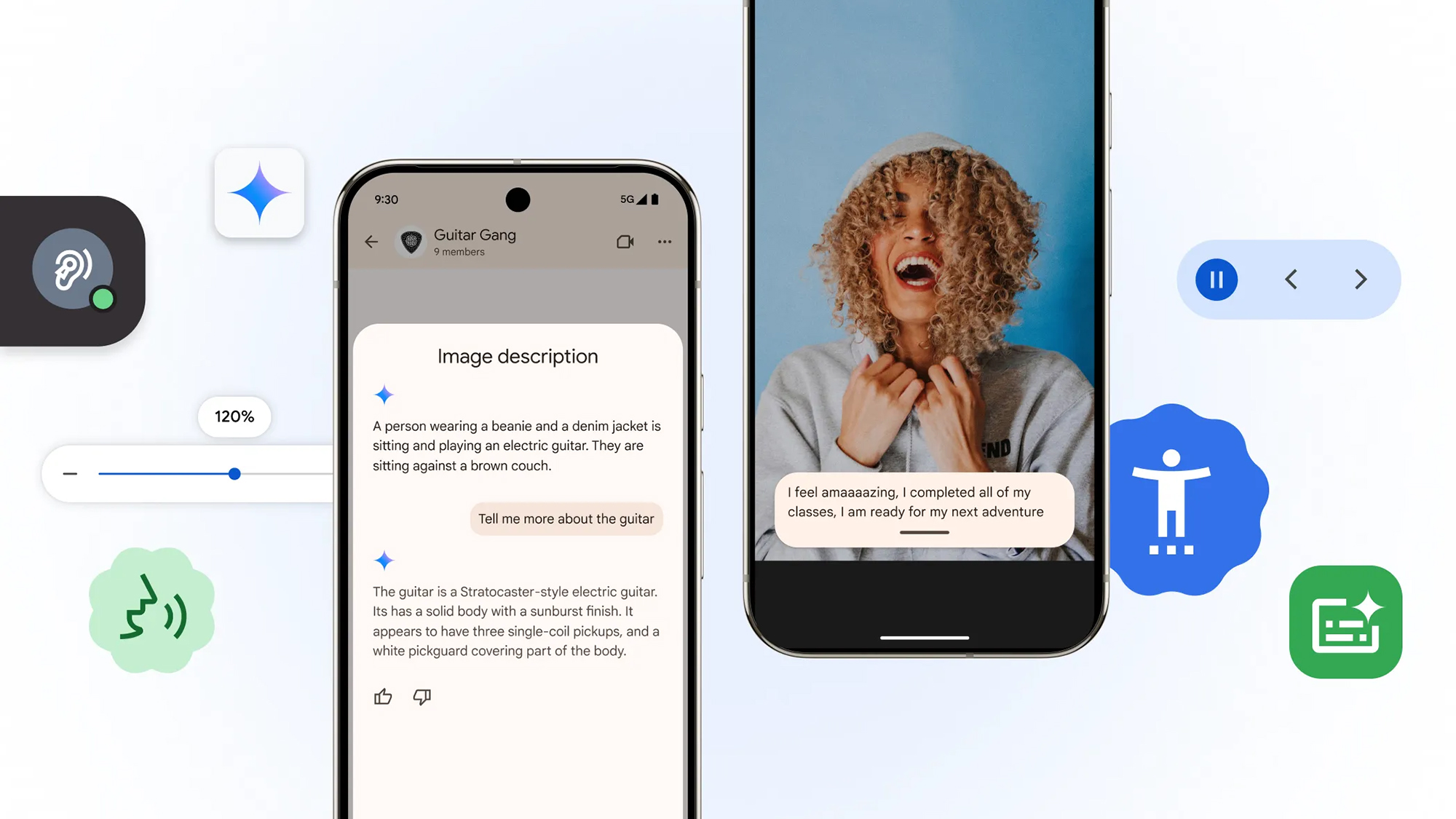











![[Webinar] From Code to Cloud to SOC: Learn a Smarter Way to Defend Modern Applications](https://blogger.googleusercontent.com/img/b/R29vZ2xl/AVvXsEjLbNLee9VlpBpNmlxQSBF7IHwrQajzAJWYjhcHTIVVqzroGXrpk_x9Sbbua1Xi-QtO9jbcX1canKTWWzfaOshSarJol1Ude7LNQMeV5B2x71gaXxWg_cjEJ3bPuuoyyyMLgWB9hCtZ1PV5j3QOGByinGCAETqul2WWz-mVYiuERYWPVu7ob8lSckM-ocw/s1600/soc.jpg?#)










































































































































![[The AI Show Episode 147]: OpenAI Abandons For-Profit Plan, AI College Cheating Epidemic, Apple Says AI Will Replace Search Engines & HubSpot’s AI-First Scorecard](https://www.marketingaiinstitute.com/hubfs/ep%20147%20cover.png)

























![How to Enable Remote Access on Windows 10 [Allow RDP]](https://bigdataanalyticsnews.com/wp-content/uploads/2025/05/remote-access-windows.jpg)






























































































































































































![Artist Shocked To Find Her Poster Designs From 2017 In Bungie's Marathon: 'A Major Company Has Deemed It Easier To Pay A Designer To Imitate Or Steal My Work Than To Write Me An Email' [Update]](https://i.kinja-img.com/image/upload/c_fill,h_675,pg_1,q_80,w_1200/4ce7afff77473c3cccca9cc349c42790.jpg)































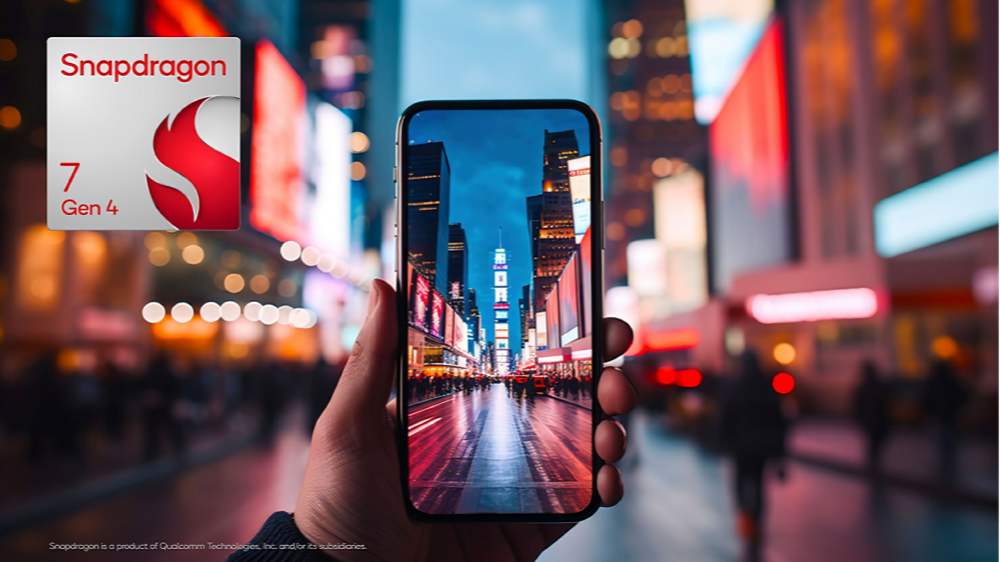









-Olekcii_Mach_Alamy.jpg?width=1280&auto=webp&quality=80&disable=upscale#)

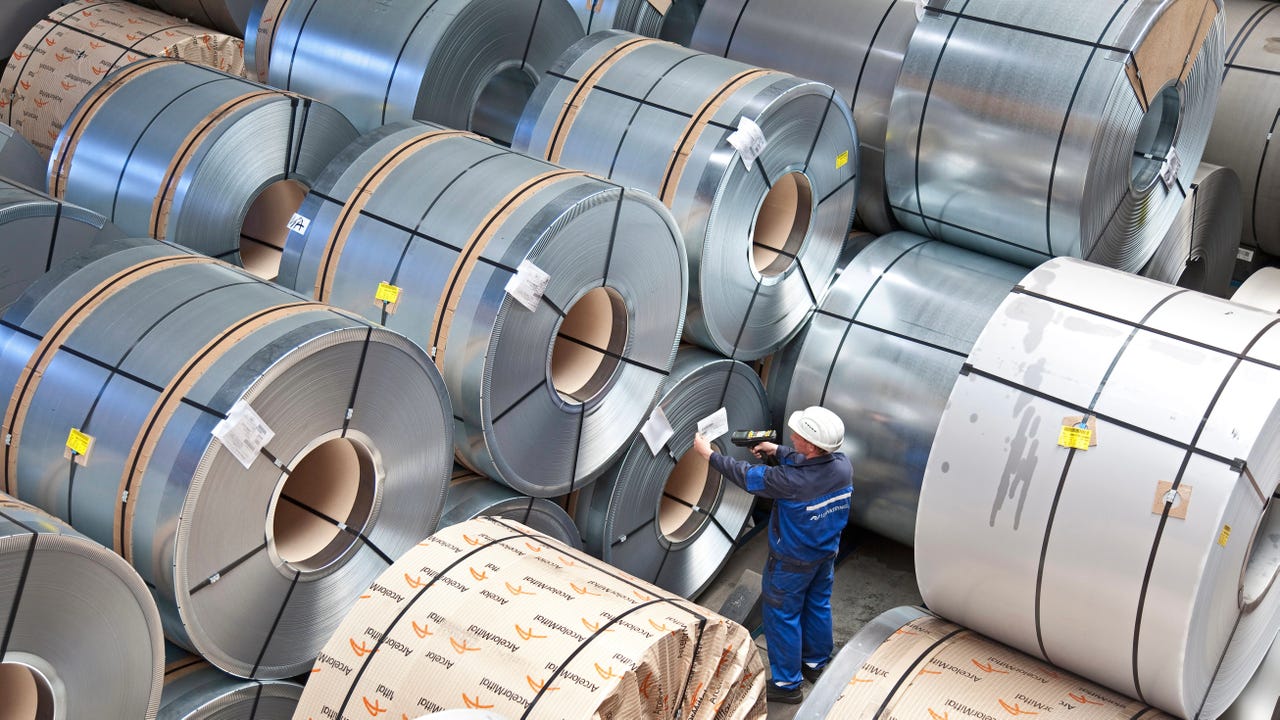







































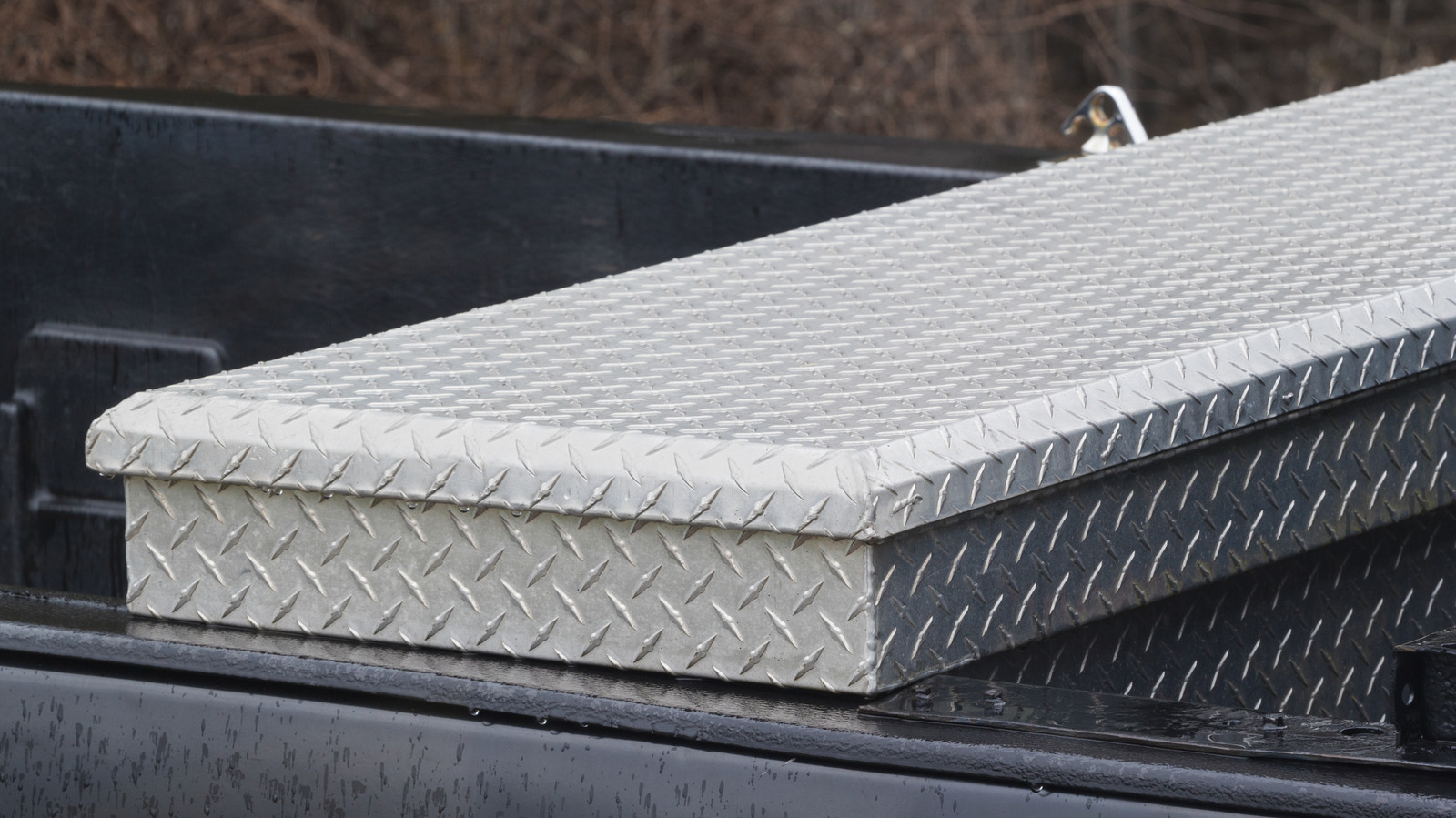











































![Apple tests EU by adding scare screens to apps using third-party payments [u]](https://photos5.appleinsider.com/gallery/63640-132334-000-lede-App-Store-warning-xl.jpg)
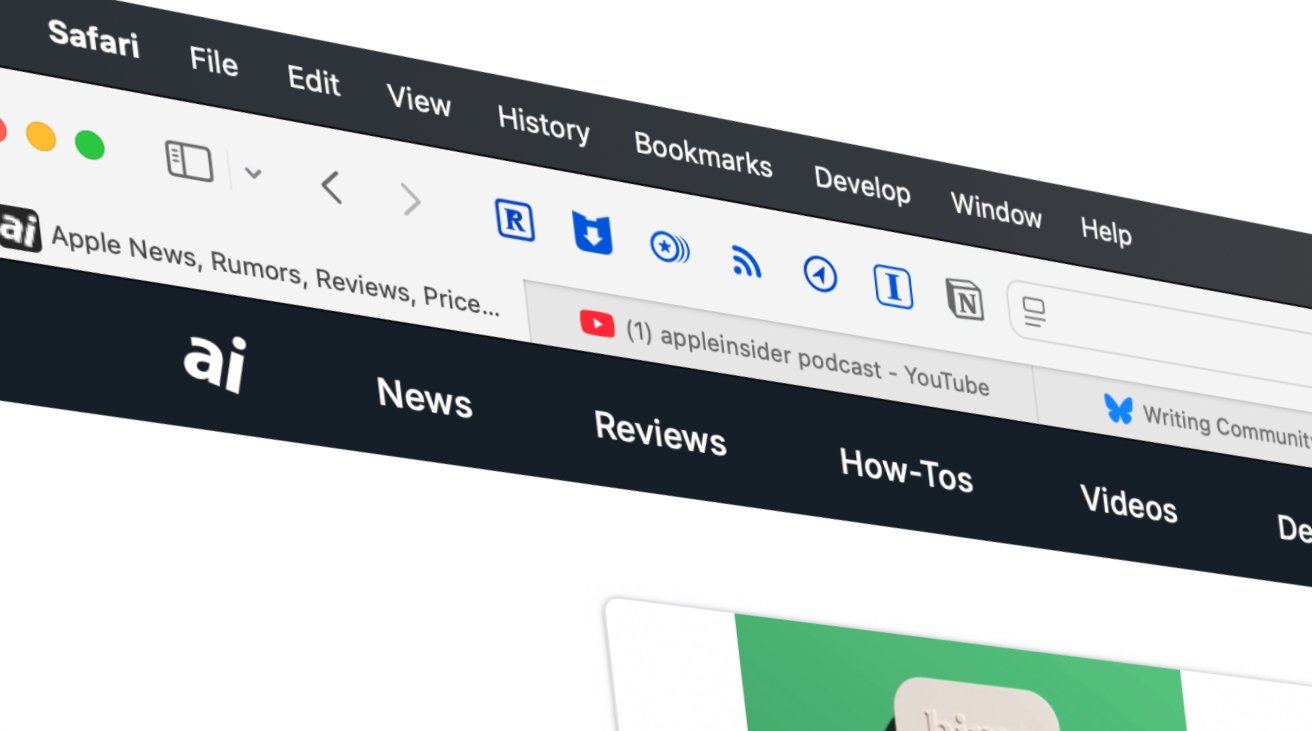
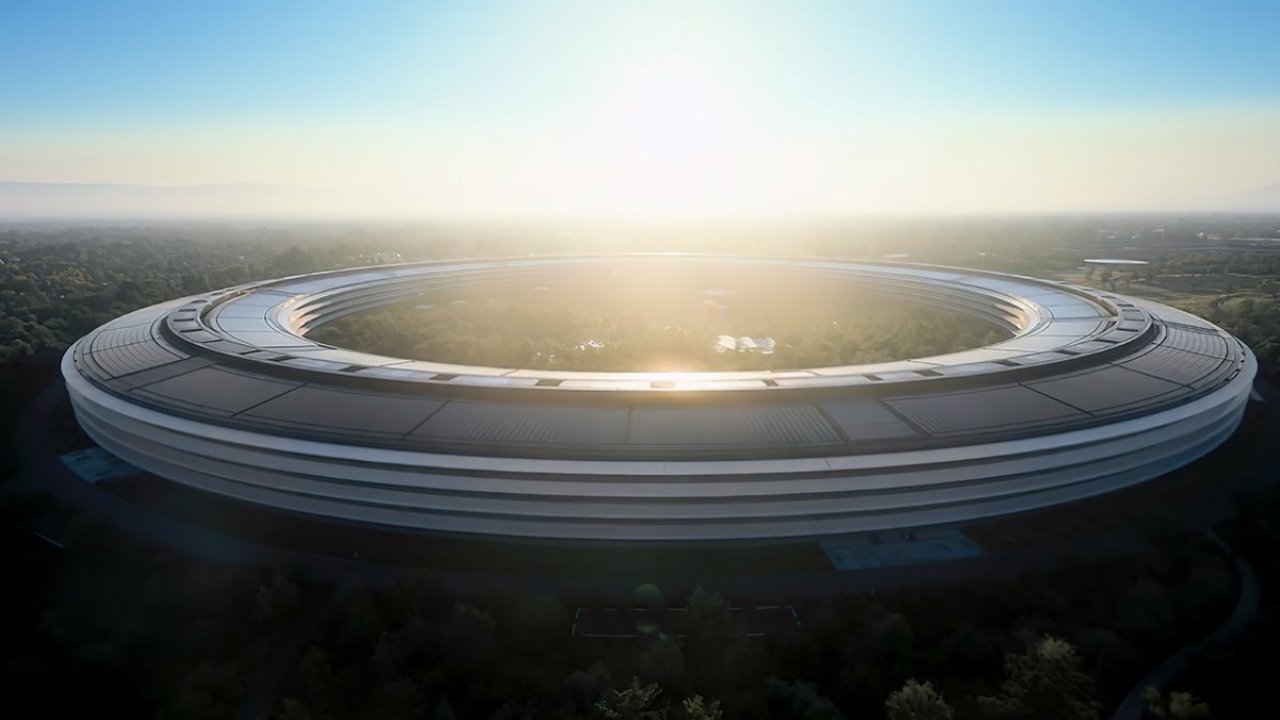

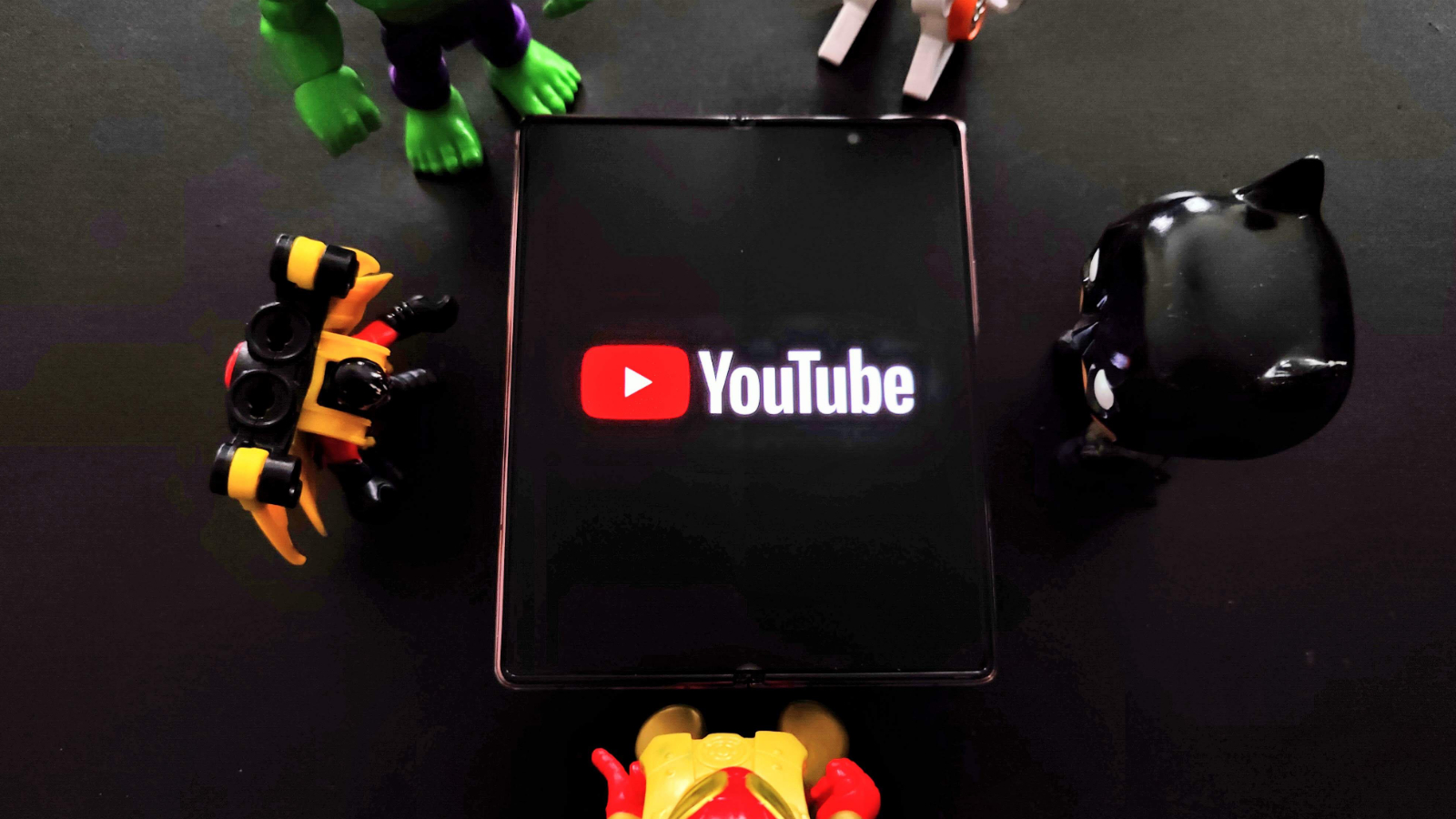









![Apple using sketchy warning for apps bought using third-party payment systems [Updated]](https://i0.wp.com/9to5mac.com/wp-content/uploads/sites/6/2025/05/Apple-using-scary-looking-warning-for-apps-bought-using-third-party-payment-systems.jpg?resize=1200%2C628&quality=82&strip=all&ssl=1)












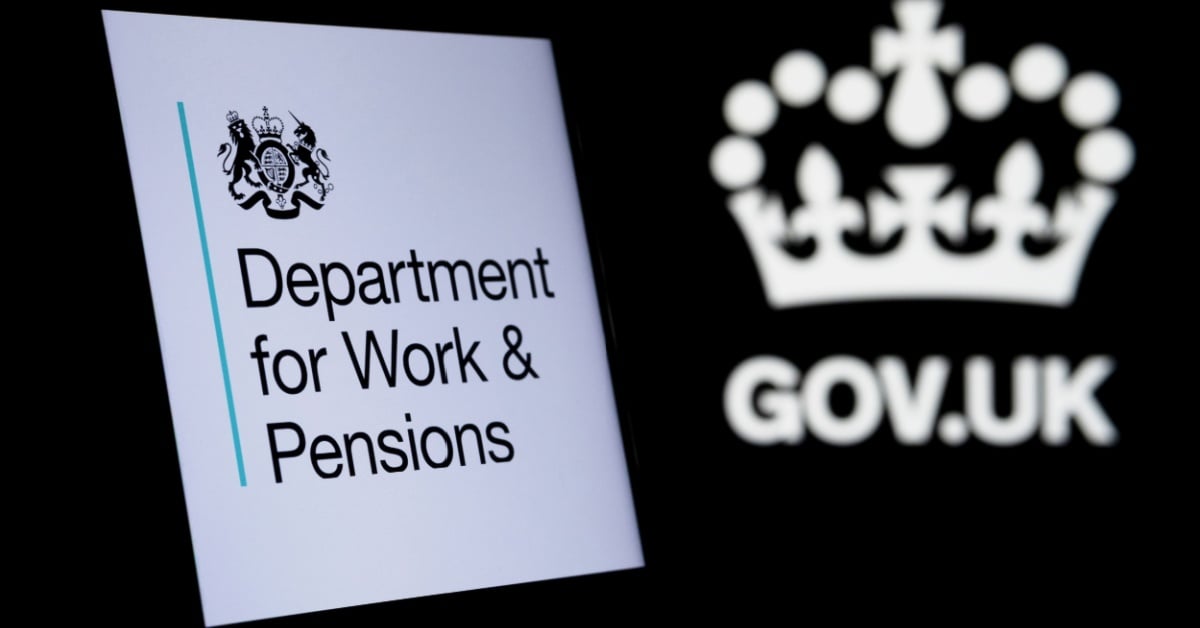



![Sony WH-1000XM6 Unveiled With Smarter Noise Canceling and Studio-Tuned Sound [Video]](https://www.iclarified.com/images/news/97341/97341/97341-640.jpg)


![Watch Aston Martin and Top Gear Show Off Apple CarPlay Ultra [Video]](https://www.iclarified.com/images/news/97336/97336/97336-640.jpg)










































![Apple Slaps Warnings on Apps Using External Purchases in the EU [Updated]](https://images.macrumors.com/t/Zy0e-JLM0fNyngEYaXu5rMH1lJk=/1920x/article-new/2025/05/app-store-external-payments-warning.jpg)

